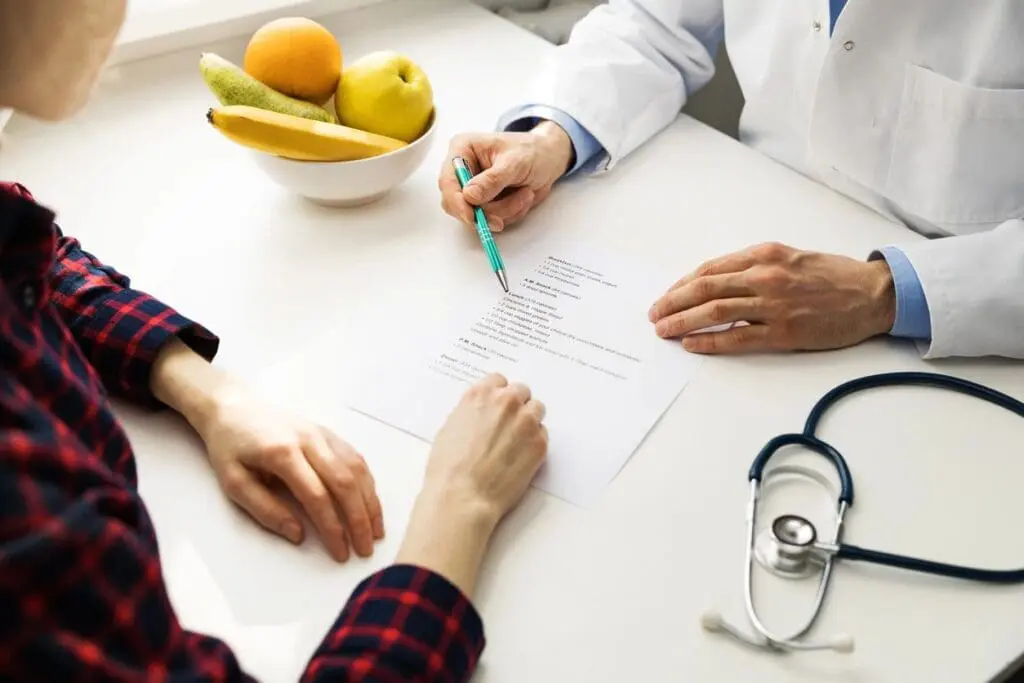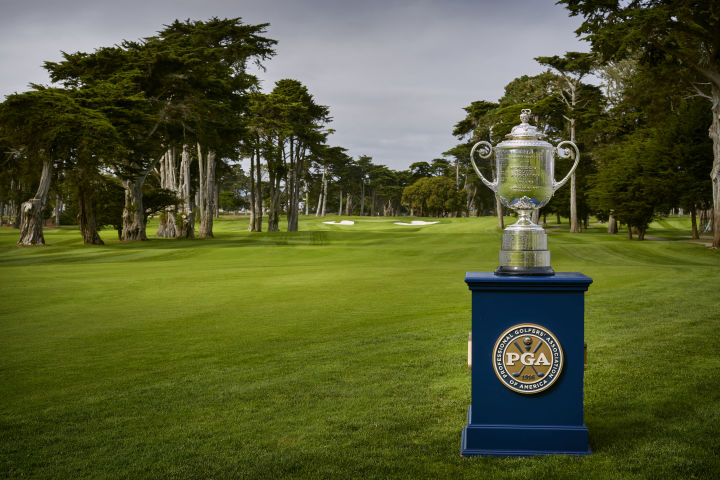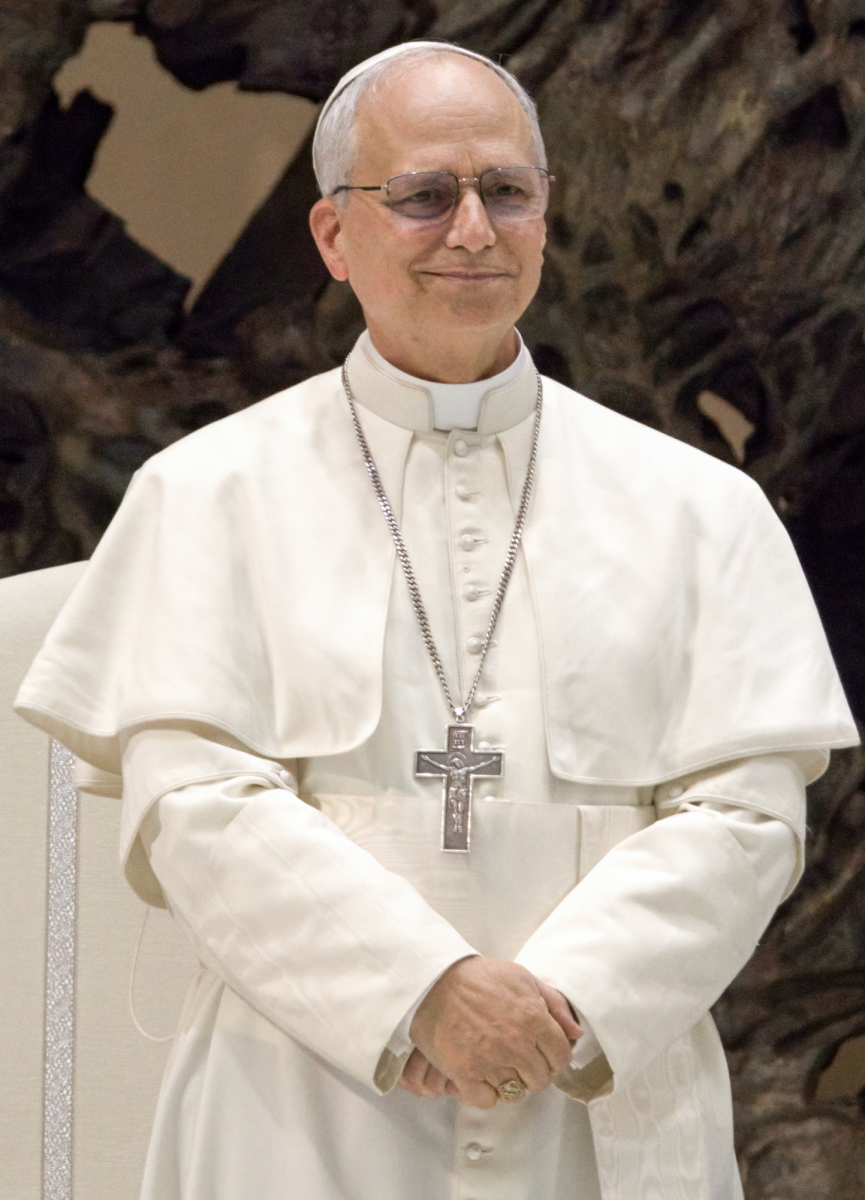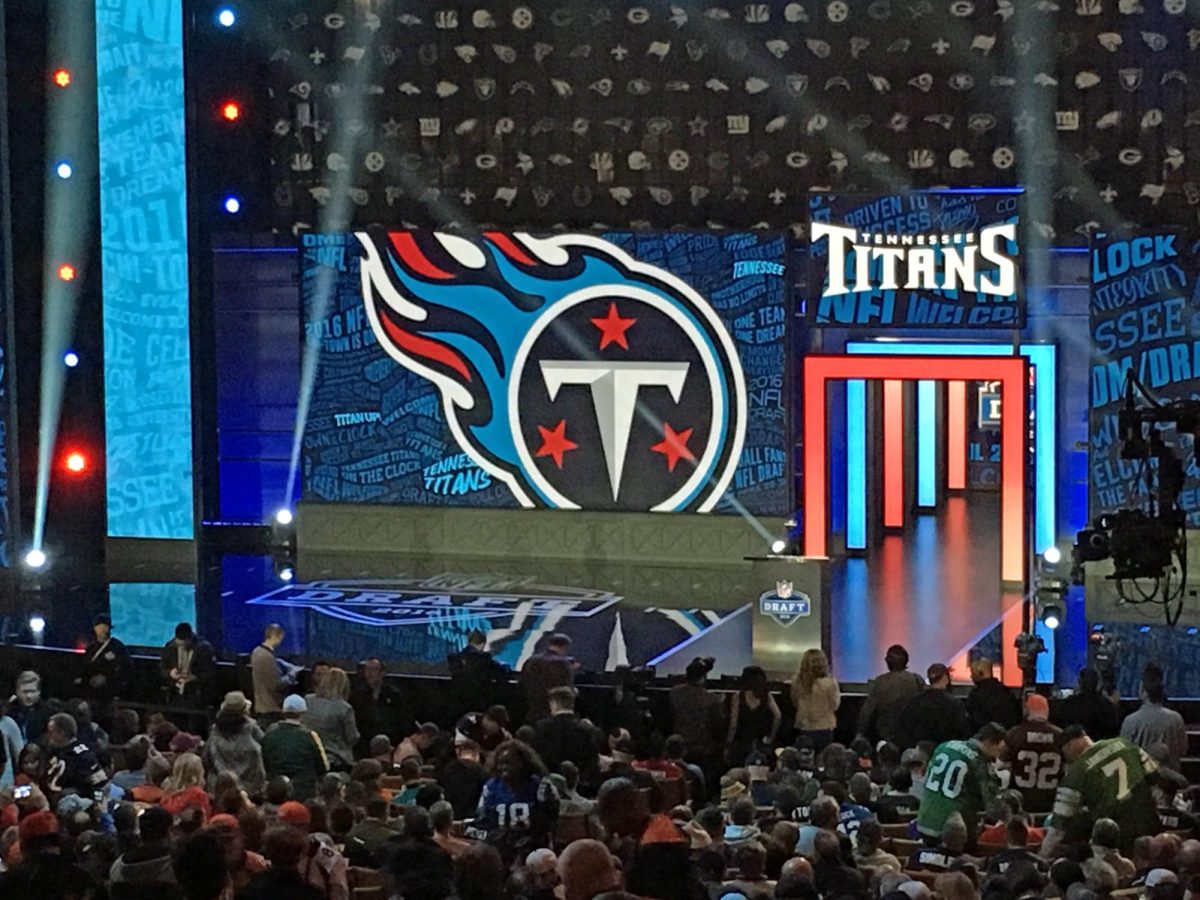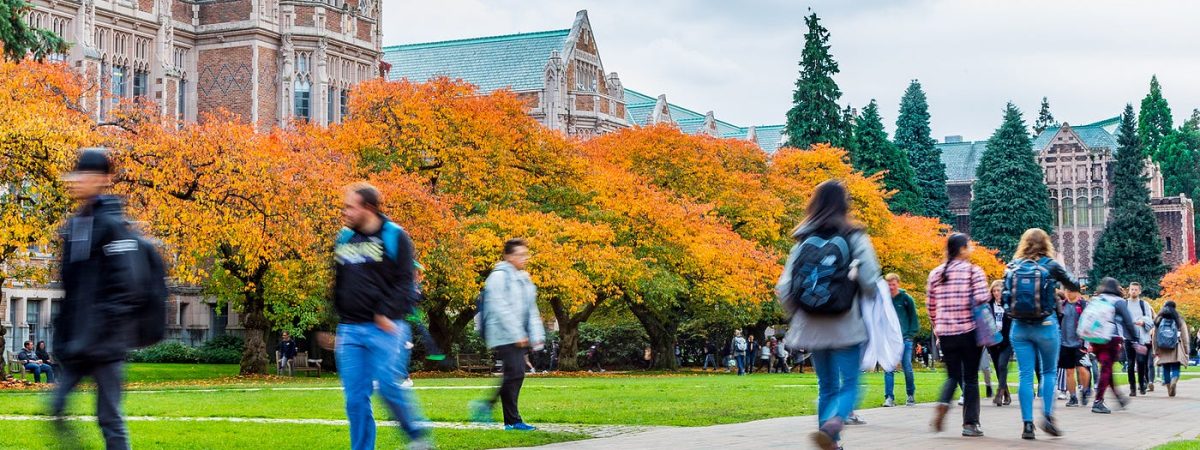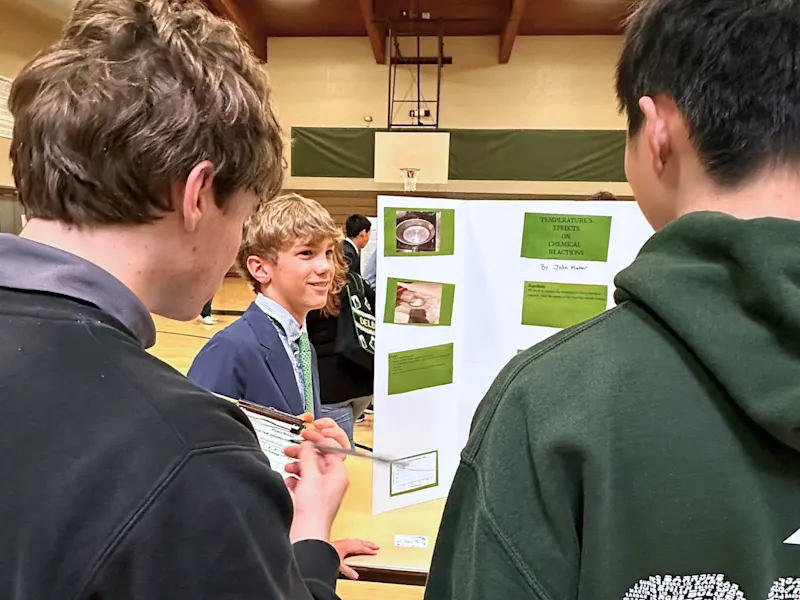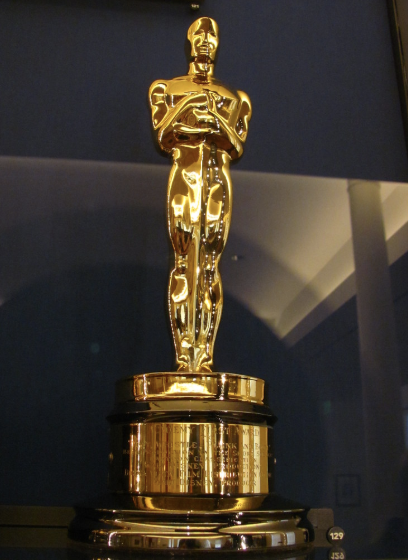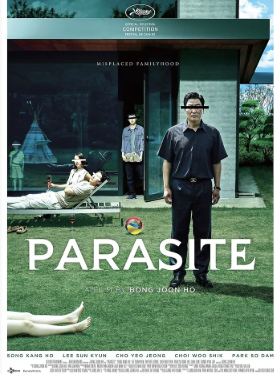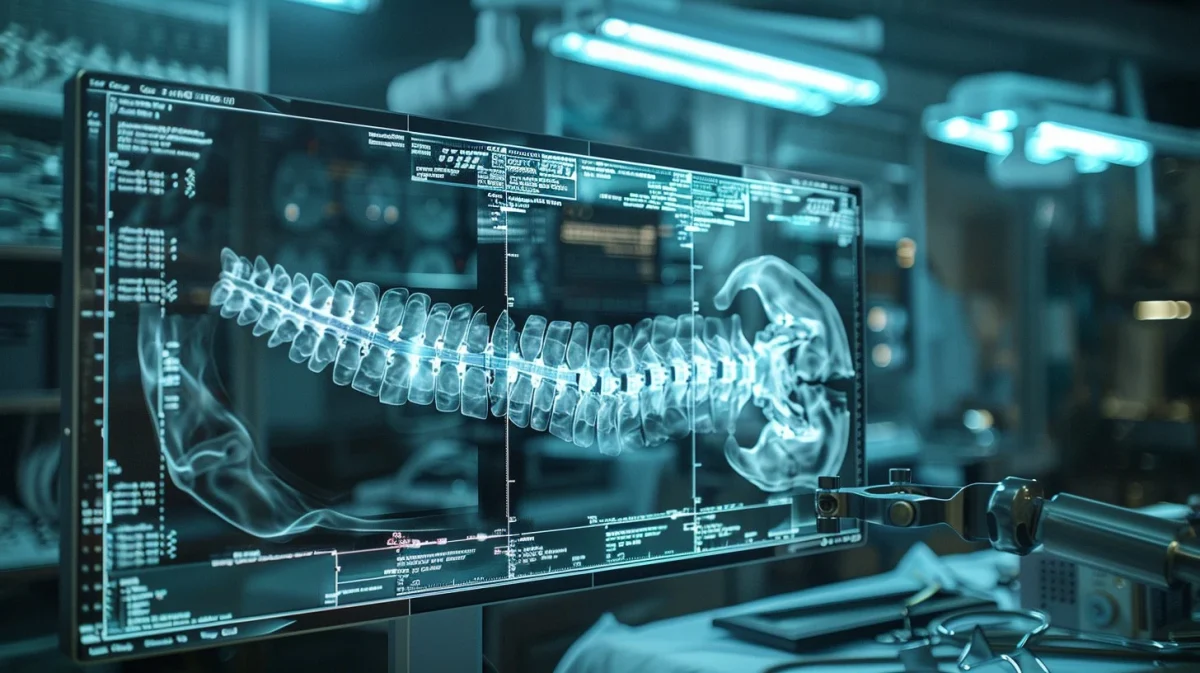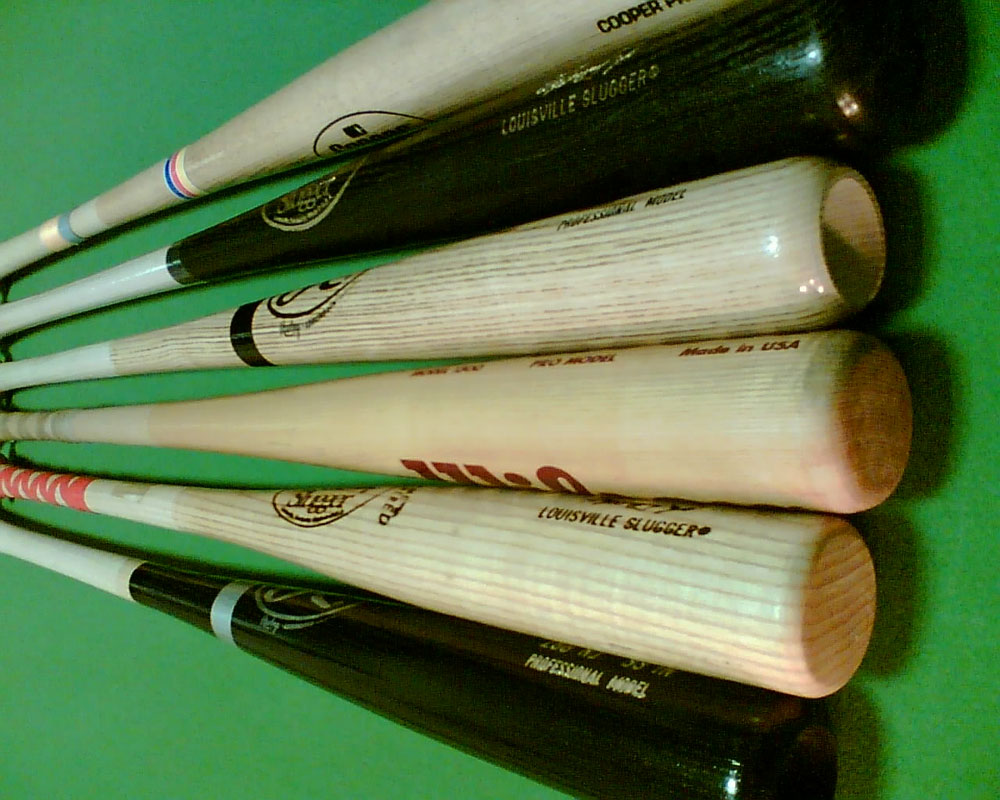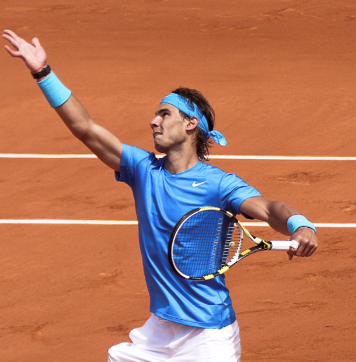AP Biology Class Observes A Kidney Transplant
April 19, 2018
On Tuesday, April 10th, the AP Biology class ventured to the Liberty Science Center in Jersey City to observe a live video feed of a kidney transplant surgery. Dr. Stuart Geffner, the Director of Transplant Surgery as well as the Surgeon-in-Chief of Saint Barnabas Medical Center, was the attending surgeon for this operation. Throughout the course of the operation, we witnessed Dr. Geffner remove the kidney, suture the veins and arteries, and ultimately see the kidney produce urine after it had exited the donor’s body and entered the recipient’s body.
When the kidneys fail, treatment is needed to either help your kidneys function better or take on its function in the human body. This particular recipient, who was a 50-year old male, previously had been on dialysis. Furthermore, about 15 years ago, this man had actually already received a kidney transplant. However, the transplanted kidney could only last a limited time and now needed to be supplemented with an entirely new kidney. When a patient receives a kidney transplant, the surgeon does not replace the kidney but rather add it to the already existing kidneys. Thus, after this surgery was completed, the male had four kidneys!
The patient’s wife donated the kidney to her husband (yes, the greatest love story ever told). The kidney, which is responsible for producing urine and other bodily functions, has the renal artery, the renal vein, and the ureter (the three main vessels that import and export certain substances). Dr. Geffner performed this part of the operation laparoscopically, meaning that he did not directly see what he was doing but rather used a camera and (and small incisions to insert the tools) to complete all the necessary steps. Before the kidney can be resected, Dr. Geffner first clamped the arteries and vein (thus stopping blood flow to the kidney), and then cut the connective tissues (such as fat) to allow the surgeon to be able to physically remove the kidney from the body.
After the kidney was removed (in a pouch, no less!), Dr. Geffner cleaned up the kidney by removing excess fat and making sure that he properly dissected it. In the operating room next door, the recipient lay waiting. The donated kidney was placed into his lower abdomen. He then sutured the renal artery and renal vein to the artery and vein that flow to or from the leg. After blood flow is restored to the kidney, Dr. Geffner waited a minute or two to be certain the kidney would begin to make urine. After the waiting period, we saw Dr. Geffner evacuate urine out of the ureter! After the surgeon made sure all was good and working, he finally sutured the ureter to the bladder.
Interestingly, since the kidney is from a donor, the recipient of the kidney must take immuno-suppressant drugs for the rest of his or his life. The immune system can tell that the kidney is not self and will thus treat the new organ as foreign (aka an invader that wants to destroy the body). The immune system would then initiate its defense system to ultimately reject the organ. In order to avoid this problem, patients must take immuno-suppressants as a way to bypass the immune system’s checkpoints.
Overall, seeing what we learn in AP Biology manifest itself in a real-world application was both an interesting and invaluable experience. With what we learn in this class, we learn more about how we function and the infinite complexity that our body holds.
